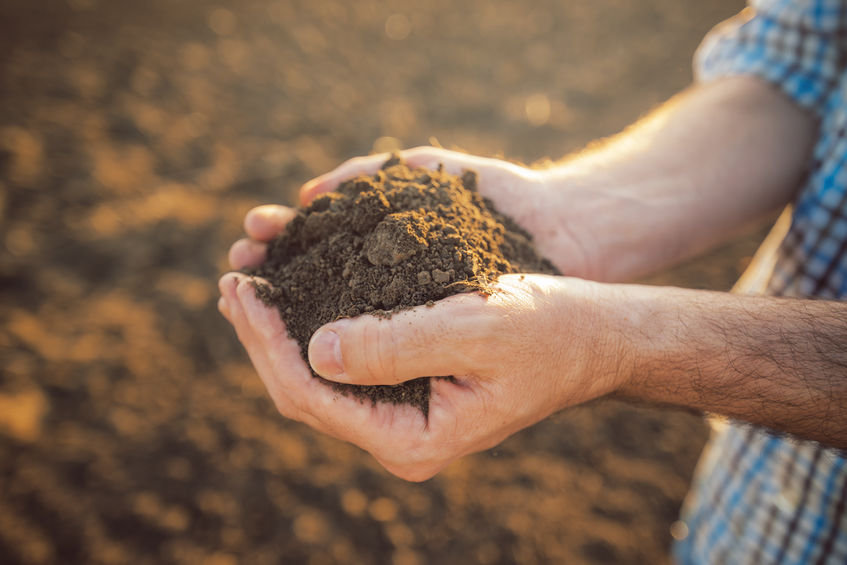
A carbon footprint tool which aims to help British farmers reduce their greenhouse gas emissions has been updated to include a soil sequestration module.
The free tool is used to assess what is technically feasible to get a farm to lower carbon emissions, with a goal of net zero where viable.
Agrecalc is used by more than 2,500 businesses and institutions, including retailers, farming businesses and financial institutions.
It has been developed by SAC Consulting – part of Scotland's Rural College (SRUC) – in response to the growing need for a simple-to-use and accurate carbon audit tool.
It also the first tool to use the accredited Intergovernmental Panel on Climate Change (IPCC) methodology for soil carbon sequestration.
A model farm is used that allows Agrecalc to examine how management practices contribute to carbon reduction.
Julian Bell, a principal consultant at SAC Consulting, explained: “Typically, most farms can attain the first 10 to 15% of carbon reduction with changes in practices."
He said growing more legumes, sampling manures and soils to reduce fertiliser use, are changes farm businesses could take.
“The next level of 10 to 15% improvement should be feasible from more significant investments such as new machinery or systems’ changes, while achieving 30 to 40% reduction is likely to require more drastic measures such as afforestation,” Mr Bell said.
Dr Alasdair Sykes, the system’s agricultural modeller, said the aim of the new Agrecalc soil carbon module is to make accounting for soil carbon sequestration easy via a simple interface.
He said this is possible while still extracting the all-important farmer effect versus what would happen naturally.
“The core elements of this are land-related variables, such as soil type, climate and land use, overlaid with management factors such as tillage or stocking density, and finally factors relating to inputs to the soil, such as fertiliser or manure,” Dr Sykes said.
The tool is free for farmers to use as a single licence and takes less than two hours to input the information.
